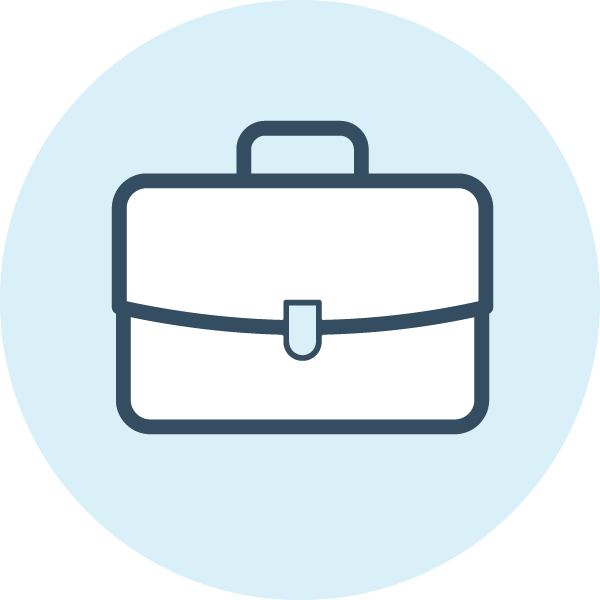What is an emergency?
An emergency is an unexpected and sometimes dangerous situation that can be unsafe for your health, your life, or the place you live. In an emergency people must act fast to stay safe. Emergencies are also called disasters.
During some emergencies you will need to evacuate to go somewhere safe. For other emergencies you will need to find a safe place indoors away from windows until you are told the emergency is over. There will be people such as the governor or other officials who will tell you if you need to evacuate or shelter in place.
You can click on the emergency below to learn what to do during that emergency.
- Earthquakes
- Thunderstorms and Lightning
- Winter Weather
- Floods
- Home Fires
- Wildfires
- Power Outages
- Pandemics (like COVID-19)
- Extreme Heat
There are other disasters and emergencies that can happen beyond this list. You can learn more about what to do during different emergencies at ready.gov under the “Disasters and Emergencies” tab at the top of the page.

What is emergency preparedness?
“Emergency preparedness” means making a plan to help you be prepared in case of an emergency. Planning for emergencies is important for all people to do. If you have a disability, it may require extra planning because you have special needs to plan for in an emergency.
This website will help you know what you need to prepare for in an emergency. Making a plan and putting together all the things you need in your emergency kit is a big job. Your plan might include your family, friends, neighbors, or organizations that support you and help you make decisions. All the people you include in your plan should be people you trust.
The Federal Emergency Management Agency (FEMA) is an organization that supports people in preparing for and recovering from emergencies.
FEMA’s website at ready.gov has information about specific disabilities and how you can prepare for many different emergency events like earthquakes or fires that may happen in your area. It is important to know your needs as you become personally prepared for an emergency.
There are 3 steps to being prepared for an emergency. Being prepared will help you. These steps are:
Emergency Preparedness & Disabilities
Emergency preparedness is important to consider for people with disabilities. There is additional information to learn and plan for depending on your disability.
Your plan and kit should be personalized according to your needs. Stay informed about emergencies that may arise in your area and follow suggestions from community leaders.
Personal Preparedness Videos
These videos explain how different people should prepare for emergencies. These videos might help you think of ways that you can be prepared.
- Preparing Makes Sense For People With Disabilities
- Helping Children With Disabilities During An Emergency
- Personal Support Network
- Personal Preparedness: I Use a Wheelchair
- I am Hard of Hearing
- I am Blind
Click here to learn more about emergency management in Salt Lake City
Click here for the Salt Lake City Emergency’s 96-Hour Kit Step by Step Guide
For additional questions contact:
Salt Lake City Emergency Management
Casey Carter, Office Facilitator | Casey.Carter@slc.gov
https://www.slc.gov/em/


